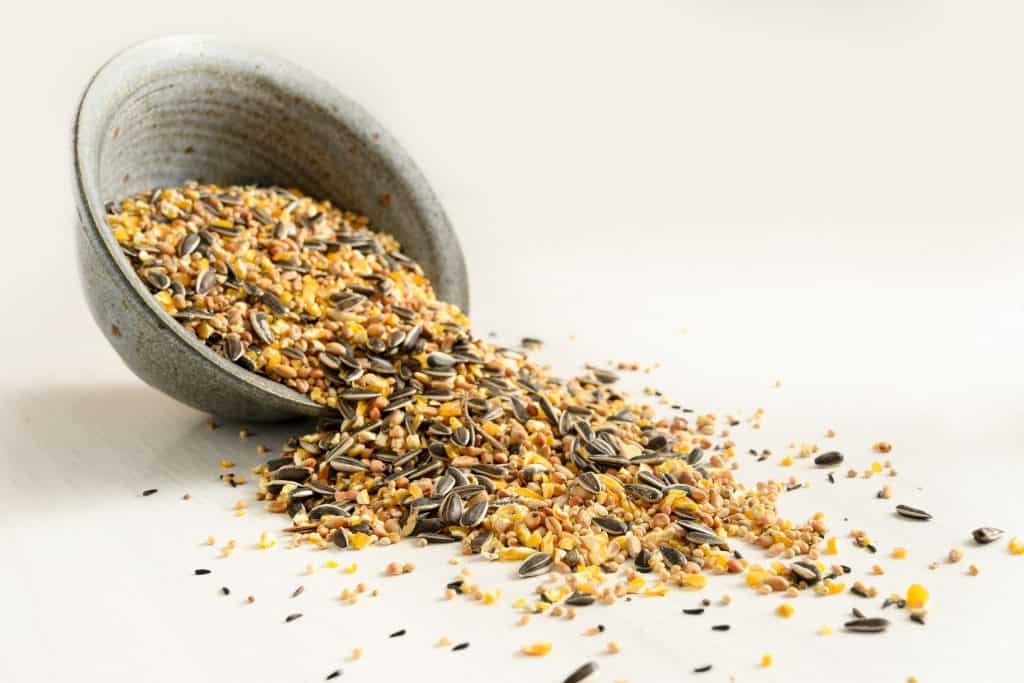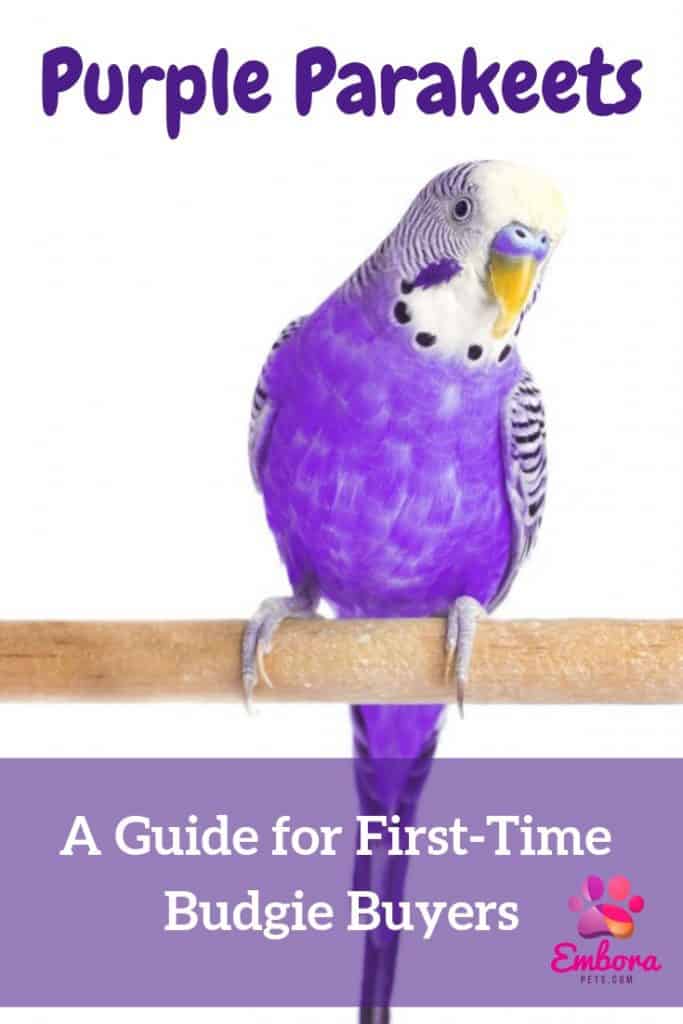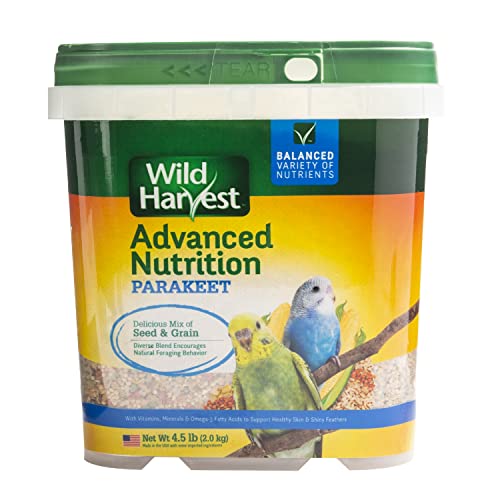Purple Parakeets as Pets: A Complete Guide for First-Time Buyers
Purple parakeets are beautiful creatures. They are quite similar to parrots, although there is so much more to learn about them. They require the correct care, and that can include what to feed them, how much exercise they need and many other things.
What are some important things to know before buying a purple parakeet?
Purple parakeets get their color from extensive breeding. They make great pets, as they don’t cost as much to feed and are typically low-maintenance. They love being social with their owners and should be fed a diet of seeds, vegetables, fruit, and pellets, which can be bought at your local pet store.
It is not easy to be able to know everything there is about a purple parakeet. While they are smaller creatures, they should not be treated as lesser. They are just as valuable as parrots, and if you are considering purchasing one, here is a complete guide about purple parakeets.
Their Origin, Colors, and Markings
Origin of the Parakeet
Parakeets are native to the land of Australia, which is where they can still be found in huge flocks in the grasslands to this day!
A man by the name John Gould brought a “budgie” (as parakeets are so lovingly nicknamed) to Europe in 1838, where they became a favorite animal to keep as a pet. In the year 1894, Australia made it illegal to export budgies, which then lead to breeding as a large business.
Eventually, the parakeet found its way to America and then became as popular as ever in the 1950s. Since they are a smaller and low-maintenance breed, they can be found in most pet stores today.
Their Abundance of Colors
A purple parakeet gets its color through extensive breeding. A breeder becomes extremely selective when choosing budgies to breed from. The reason behind this is because they are in search to make a specific color.
Parakeets can come in a few colors, the classic being neon green and others being violet, blue, yellow, pied
Their Markings
It is typical for your parakeet to have bar markings across their foreheads. These markings will recede the older they become, and their dark irises will eventually turn grey with their old age as well.
Purple Parakeets as Pets
Parakeets, also known as Budgies, can be the perfect pet for so many people! They are one of the most popular and common pets to have around the world.
Since parakeets are quite small in size, they are easy to care for. If you are one who happens to enjoy having smaller pets, then parakeets are probably
Not only are parakeets small in size (which makes them easy to watch after and keep in your apartment or condo), but they are easier to clean up after as well.
Most find it cheaper to have a parakeet as well since they do not eat as much are larger birds and you do not have to spend a large amount of money on a huge cage to keep them in.
One small con to this animal is that they may require some extensive vacuuming around the perimeter of their cage.
They tend to throw their food or seed around their cage, and that happens to make its way out of the cage, as well.
Their Temperament
The temperament of a (purple) parakeet is quite friendly. They are lovable and affectionate creatures when treated kindly and with respect.
They love to be able to explore their surroundings as well as play with other birds that are suitable for their size and kind.
Since they are affectionate creatures, they thrive on time spent with their owners. In fact, they look forward to the social time set aside with their caretakers.
If you want to be able to form a tight bond with your purple parakeet, you will need an ample amount of time to be able to bond with them in their environment.
You may also want to keep them as the only bird in their cage since parakeets can lose interest in humans if they happen to have other parakeet company around them often.
Parakeets can also be taught to do some very cool things since they are quite an intelligent creature. They can be taught to whistle some neat tunes, and even to “talk”.
Despite their small size, they are big on brains and can be just as intelligent as a larger bird.
With the proper training, they can be the most delightful addition in your life (And if you have a family, that too)! They are filled with personality and pumped up with playfulness.
These creatures can bond with you as if you were their best friend (you can reach that with quality time spent with them).
What to Feed Purple Parakeets

Contrary to popular belief, parakeets do not simply live off of a seed diet. They actually have other nutrition they will need to be fed in order to keep a healthy lifestyle and live a long life.
If you travel to your local veterinarian, they might recommend that you provide your parakeet with a diet of different kinds of vegetables as well as a diet of pellets.
Pellets can contain important vitamins and other additional supplements that they may not be able to receive from a plain seed diet.
Along with vegetables and pellets, you can give purple parakeets fresh fruit, leafy greens, root vegetables, and grains!
Be aware, just because parakeets are able to tolerate seed better than other animals does not mean that should be their only source of sustenance.
Giving your parakeet an all-seed diet is dangerous and can kill them.
Average Life Span & Health Issues
Their Lifespan
The life span of a purple parakeet can be 7 to 15 years if they are kept captive, and care for in a home. Some, with close to perfect care, can live up to 20 years!
Though, the average lifespan is seemingly 7 years since most parakeets can suffer from illnesses or fatal accidents.
Health of a Parakeet
Parakeets tend to suffer from the same illnesses or health issues as parrots. But there can also be some unique cases that pertain to just the parakeet.
They can be exposed to goiters, which is caused by a iodine deficiency.
If they are fed a seed diet they can develop tumors and even come to suffer from Psittacosis (also known as parrot fever).
Beware of scaly mites as well, that can affect your parakeet’s skin on their legs and around their eyes.
If your precious pet falls victim to any of these illnesses take them to your local veterinarian at once so they can receive the treatment they need.
Size
Parakeets (budgies) can grow to about 7 to 9 3/8 inches in length, and that is from the beak to the tip of their tail.
Exercise
One of the main sources of exercise a parakeet can receive is through free flying. In fact, it is critical for them to be able to free flying at least several hours in the day.
Make sure that when you do have a free-flying time set in place to be sure that the room is safe from any dangerous or potentially harmful objects.
A great way for your Parakeet to enjoy their time spent outside of the cage is by having a large house plant, that can double as their very own playground.
When your parakeet is not having that free flying time, try to place a few toys in their cage. By having some stimulation offered to them they can keep themselves busy during off hours in the day.
Try to change out the toys every couple of months that way they do not get bored.
Related Questions
Do Purple Parakeets get lonely?
If you happen to be out of your home for more than a few hours a day your parakeet can become lonely. They are very
social creatures so they crave that affection from owners. Consider purchasing another parakeet to keep them company.
Do Purple Parakeets bite you?
A parakeet can, in fact, bite you. While their beak is small, their bite packs a punch. Be careful to treat them with respect and be calm when handling them. There will be a smaller chance of a bite if you do so.




